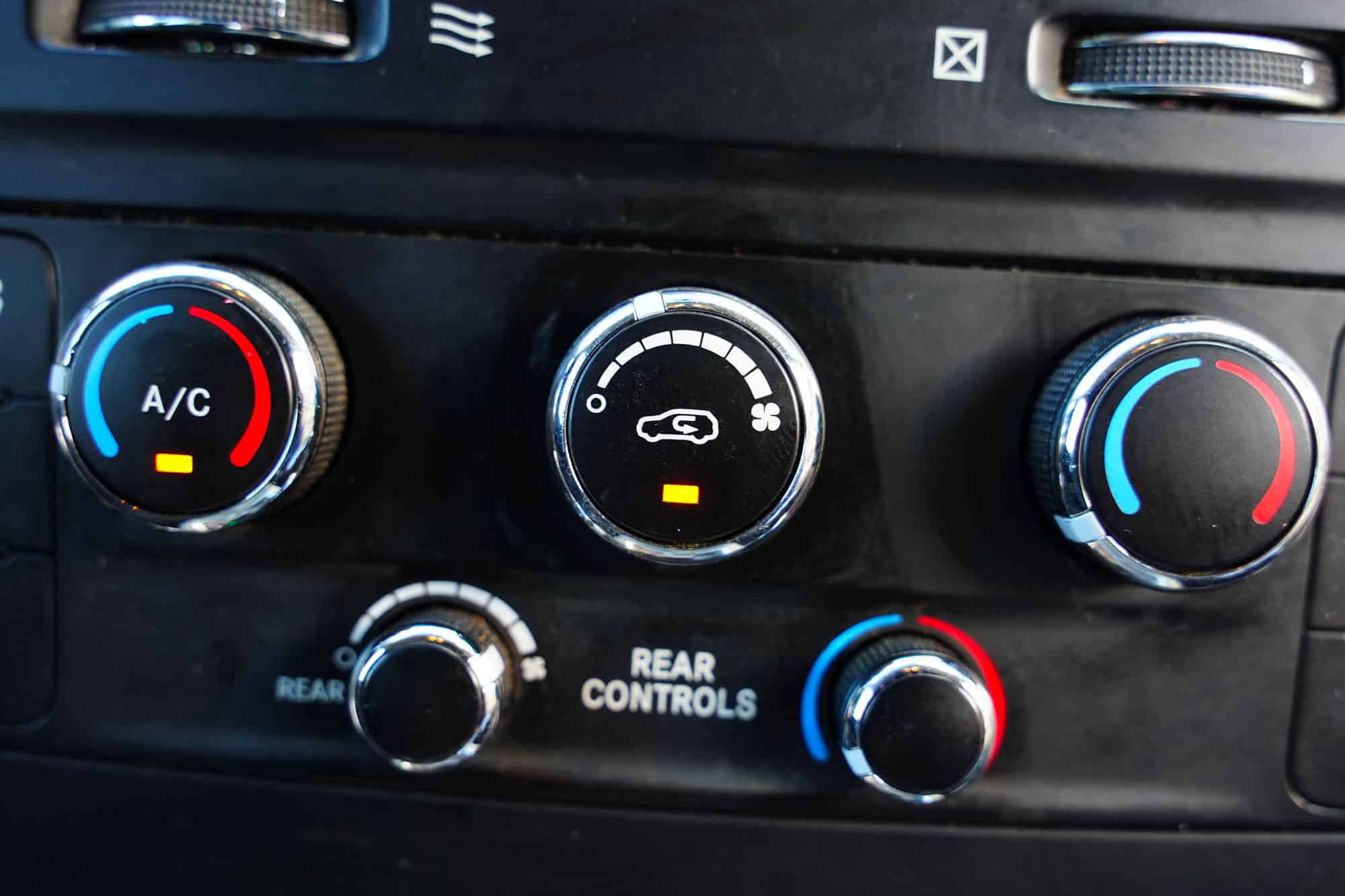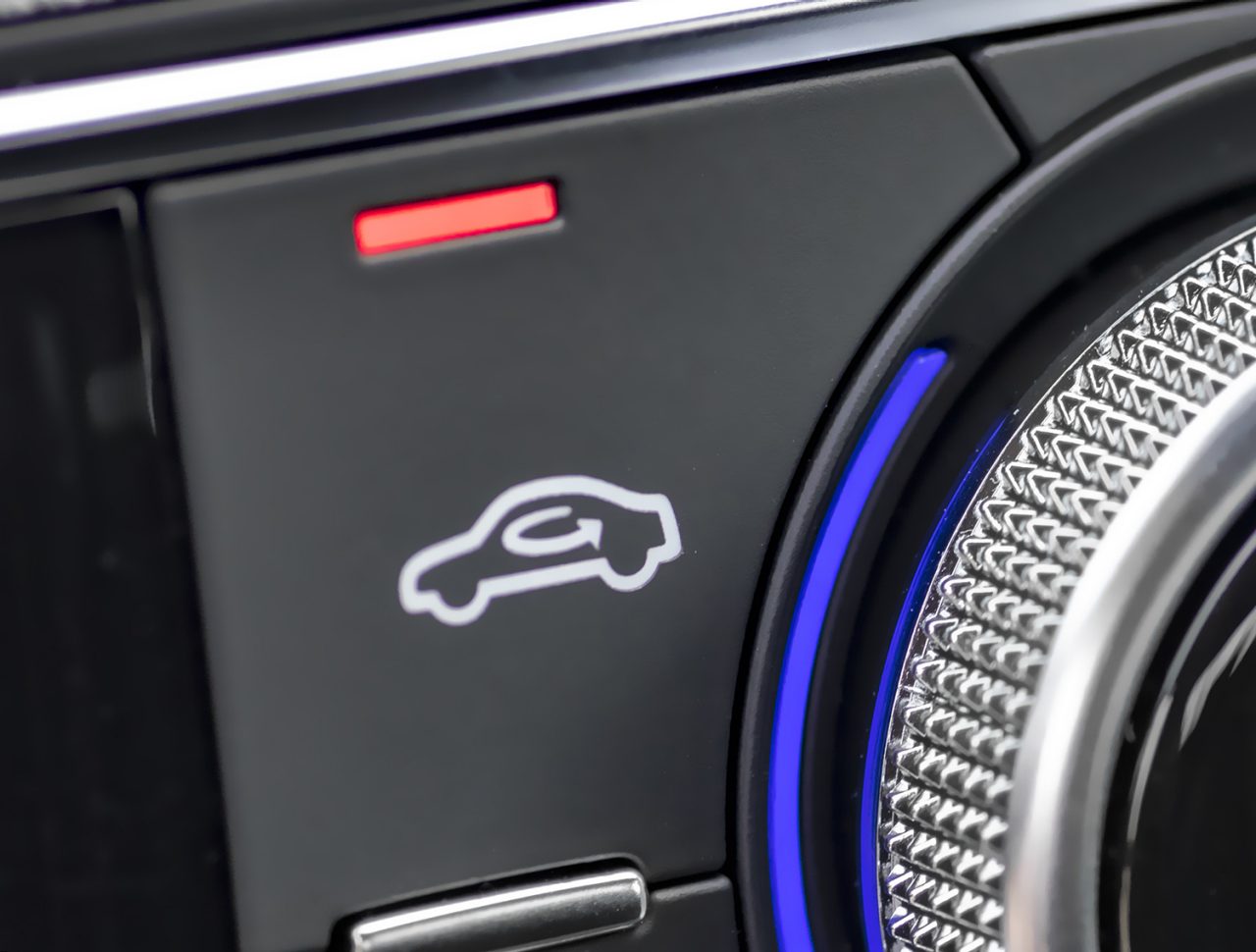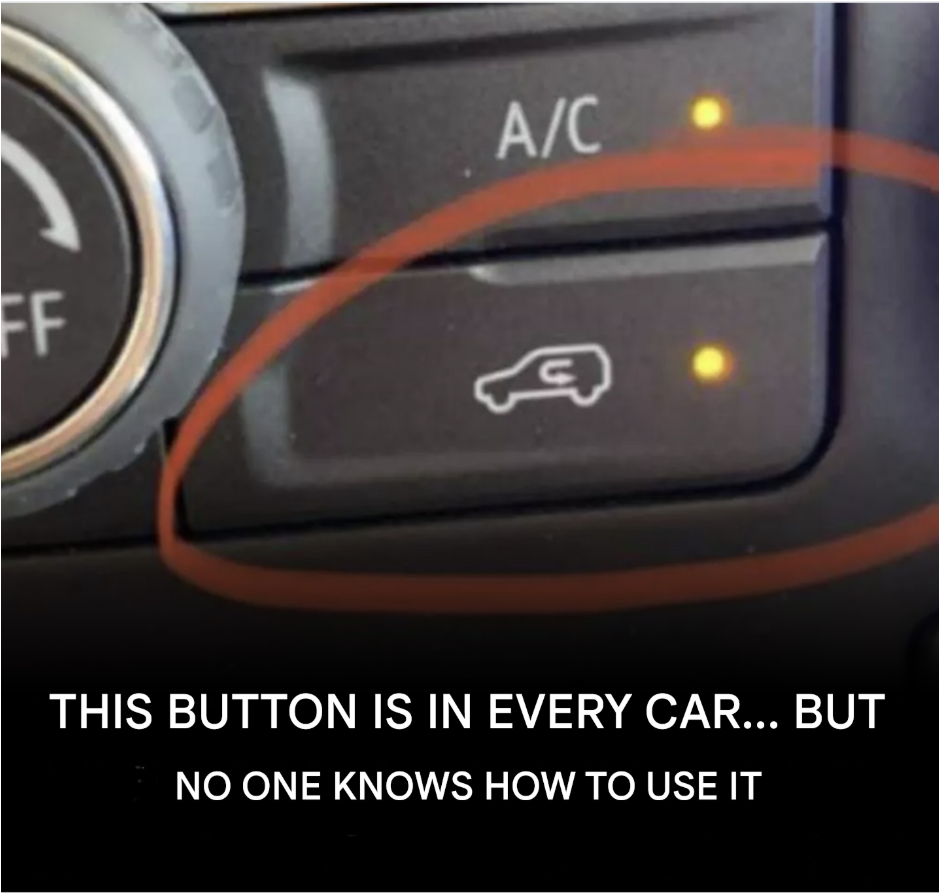It’s there, right next to the air conditioning. You’ve probably already pressed it, without really knowing why. And yet, this discreet little pictogram in the shape of a car with a curved arrow through it could well transform your journeys. Improved comfort, cleaner air, reduced fuel consumption… Yes, all thanks to a simple button. But you still have to know how to use it intelligently.
A little-known symbol, but a real asset for your comfort

At first glance, this button goes unnoticed . You hardly notice it. And yet, it activates an essential function: the air recirculation mode , also called « recycled air. » In concrete terms, once activated, outside air stops entering the passenger compartment. Only the air already present inside continues to circulate in a loop.
Why is this smart? Because it allows the air conditioning to work faster and more efficiently . Instead of having to cool hot air from outside, it reuses the already cooled air. As a result, the interior of your car cools down much faster. A real plus when you’re getting into an overheated vehicle in the middle of summer!
A discreet ally against bad odors and pollution

But that’s not all. This mode also acts as a temporary barrier against external nuisances. Traffic jams, tunnels, industrial areas, farm roads… As soon as the air becomes a little too thick, simply press this button to limit the intrusion of exhaust fumes, strong odors, and other particles.
This is especially useful if you are sensitive to allergens or pollution. While not strictly a purification system, air recirculation creates a more breathable atmosphere , especially for children or vulnerable people.
Up to 10% fuel savings? It’s possible.
What if we told you that this small gesture could also slightly reduce your fuel consumption ? Indeed, by reusing already cooled air, the air conditioning uses less energy. This means that the engine is less stressed… and therefore consumes a little less. According to some experts, this can represent savings of up to 10% in certain situations, particularly in city traffic or in extreme heat. An interesting idea , right?
